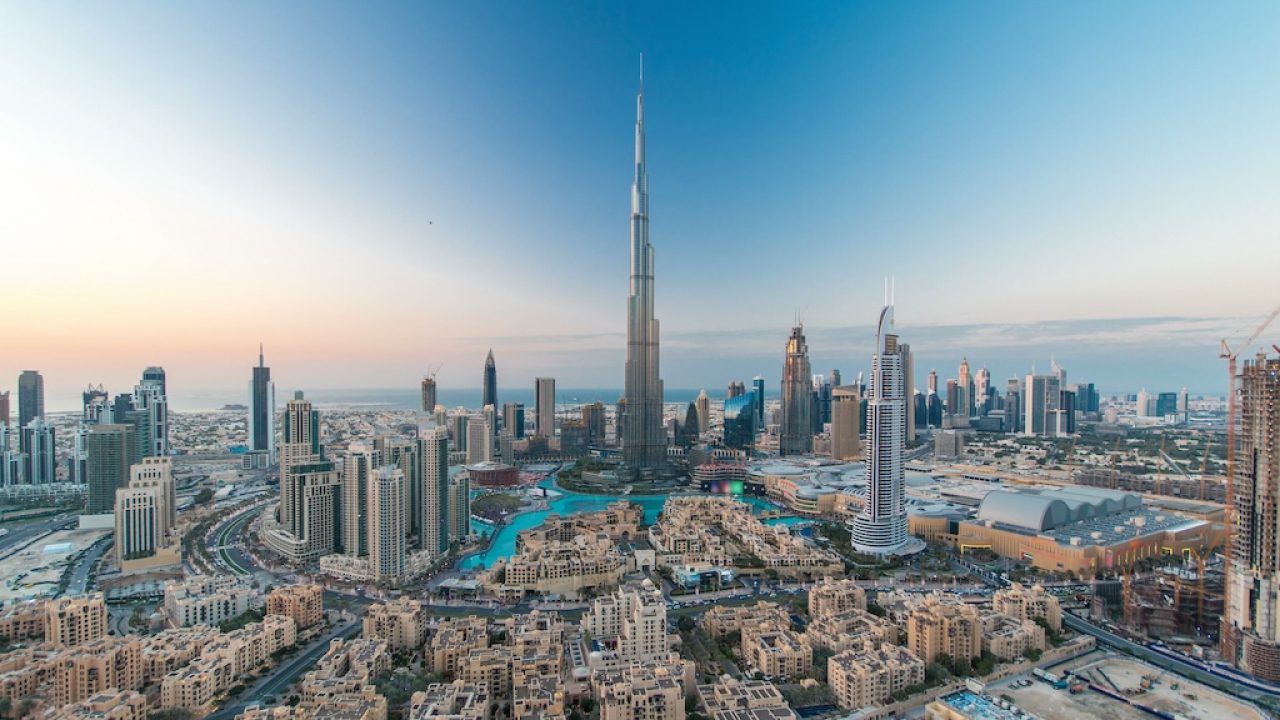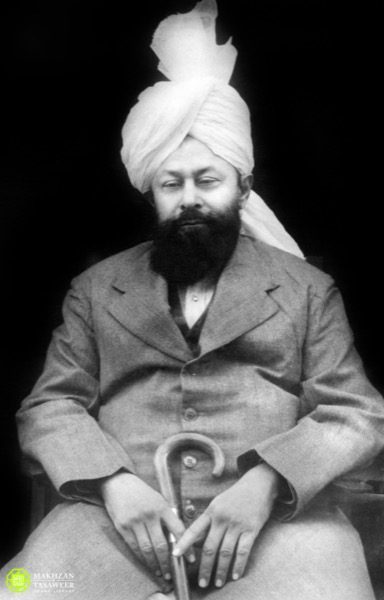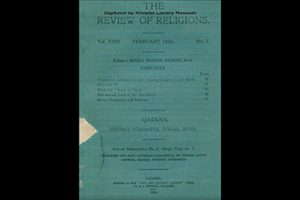
© Shutterstock
Shahzad Ahmed, London, UK
Seldom has there been a story of rags to riches the likes of which was witnessed in the plains of the Arabian desert, where Bedouin leaders who once lived a tribal lifestyle suddenly became royals, ruling over kingdoms and emirates.
With a struggling economy and limited resources, life in the region was as harsh as the climate of the desert terrain itself, with many of its inhabitants leading a predominantly nomadic lifestyle. However, the unexpected discovery of oil in the mid-20th century drastically changed the social and economic landscape of the Arabian Gulf in an unprecedented manner. Not only has the region become a major global hub for the world’s economy, but in the space of just a few decades, the desert landscape has transformed into a mighty concrete jungle. Its abundance of wealth and opulence is undoubtedly showcased through the hundreds of skyscrapers across the region, including the current tallest structure in the world, the Burj Khalifa, which is only soon to be outdone by the Jeddah Tower that is being built by the neighbouring Kingdom of Saudi Arabia. [1]
Such a sudden change of fortune can be considered a miracle in itself, but what is of even greater astonishment is that this is a grand fulfilment of a great prophecy made 14 centuries ago by the Prophet Muhammad (sa), the Founder of Islam. In a famous tradition, the Holy Prophet (sa) was once asked by his companions about the signs of the final hour and one of the signs he mentioned was ‘When you see the barefoot, naked, destitute shepherds competing in constructing tall buildings.’[2] The Holy Prophet (sa) was of course referring to the Bedouin Arabs of the time who were living in an extremely impoverished state and one of abject poverty.
Now, upon a cursory study of the aforementioned statement, one could say that to predict that a particular people at some future point in time would build tall buildings is no prophecy at all, rather this could be said about any people, especially given the fact that many tall structures were built by earlier civilisations. So if the Arab Bedouins were also to progress and achieve this, then what is so distinct for it to count as a prophecy?
However, upon a deeper analysis, one finds that this single statement is filled with many profound truths that it is not possible to foretell without having a divine source of knowledge.
Firstly, the Holy Prophet (sa) stipulated an exact time period of when this phenomenon would occur by stating it as the sign of the final hour. The sign of the final hour, of course, refers to the latter days regarding which all major religions have foretold is the time for the advent of the Messiah or a reformer. Surprisingly, the discovery of oil, which caused such a boom in the economy, was only discovered in the Middle East immediately after the advent of the Promised Messiah, Hazrat Mirza Ghulam Ahmad (as), in 1908.[3]
Now, this natural resource that was locked deep in the earth, which the Arab Bedouins dwelled upon, could have been discovered at any point in history or even centuries later. Similarly, the technological advancement that transformed the oil industry that we know of today – which subsequently led to this discovery – could have evolved at any point in history, and yet, in the face of so many variables, for all these various aspects to align precisely at the time of the advent of the latter day Messiah is alone a great facet of the fulfilment of this prophecy.
Another important factor is that this was a sign given to the Muslims, but at a time when they were in an extremely weak and perilous state with two mighty empires, namely the Byzantines and the Persians, towering over Arabia scheming to eliminate the newly emerging religion of Islam. Thus, who could guarantee that this religion would even survive till the latter days? But not only did it survive, it established itself as a powerful empire and among its many successes and contributions were its stunning and beautiful architectural achievements, but never were they known for being the tallest and nor was there ever any concerted effort made to build such tall structures despite possessing an abundance of wealth and means. The construction of such significantly tall structures only began in the 20th century, soon after the advent of the latter-day Messiah.
Furthermore, the prophecy specifically describes the conditions of those people who would build these by referring to them as ‘barefoot, naked, destitute shepherds’ which points to the fact that not only will their condition be one of abject poverty, but they would still be living as Bedouins at the time. It is astonishing to learn that prior to the discovery of oil, the Arabian Gulf ‘was occupied primarily by tribal nomadic Bedouin tribes’[4] and the UAE, for example, was still largely inhabited by nomadic Bedouin tribes just 40 years ago.[5] Again, who could predict that despite the lengthy passage of time, their nomadic way of life would remain unchanged right up until their rapid change in fortune?
Last, but not least, the prophecy also alludes to the spiritual condition of the Muslims of the latter-day period. It makes a subtle reference to their lack of spirituality and having deviated from their ultimate objective of seeking to vie with one another in piety and good deeds. Instead, seeing one another as rivals, they would be immersed in competing in mere worldly and material pursuits. Thus, it is plain to see that despite possessing an abundance of wealth, the Muslim world remains disunited and divided; whilst parts of the Muslim Ummah are dying from war, disease and hunger, there are others who are enjoying a life of lavishness and luxury.
ENDNOTES
1. https://www.architecturaldigest.com/story/jeddah-tower-everything-you-need-to-know-about-the-soon-to-be-worlds-tallest-skyscraper
2. Sunan Ibn Majah, Kitab al-Muqaddimah, Hadith 63.
3. https://www.bbc.co.uk/teach/articles/zn6gnrd
4. https://storymaps.arcgis.com/stories/6ec5ff7eb0ea4216b88450093594ccb0
5.https://www.zu.ac.ae/main/en/careers/_files/_old/story#:~:text=Pre%2D20th%20Century%20History,buildings%20and%20the%20Ruler’s%20Fort.




Add Comment